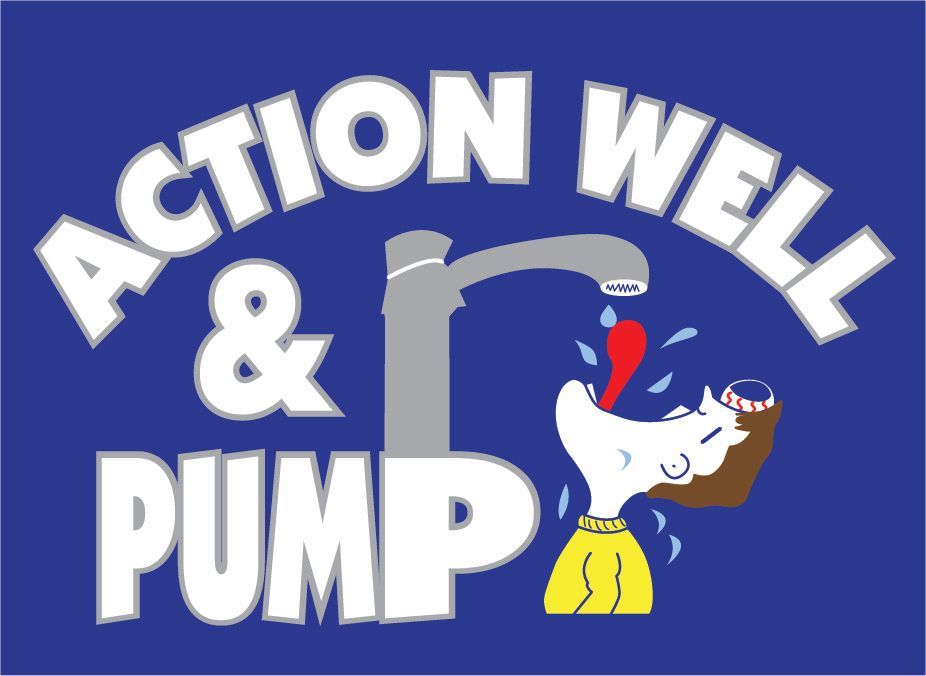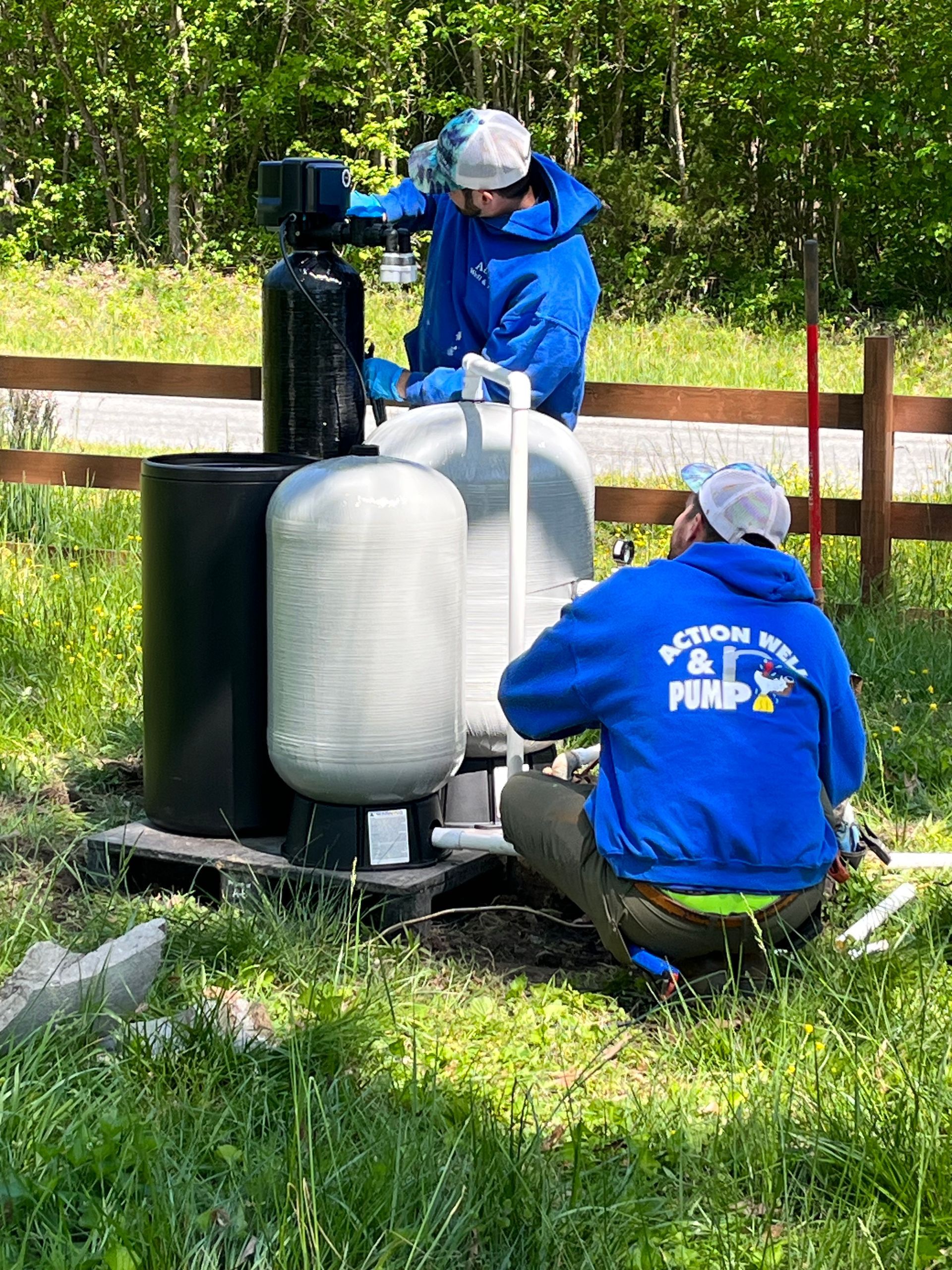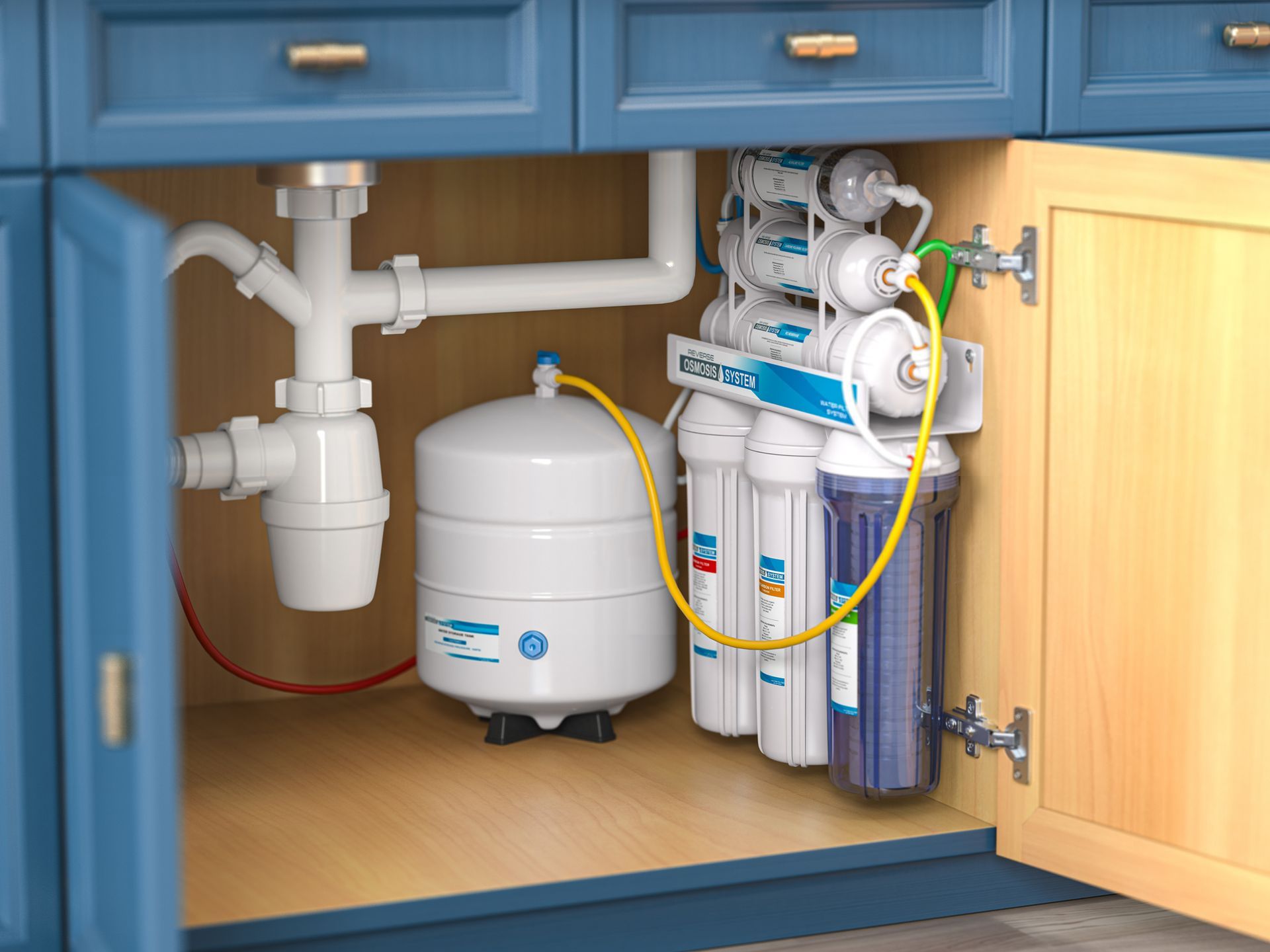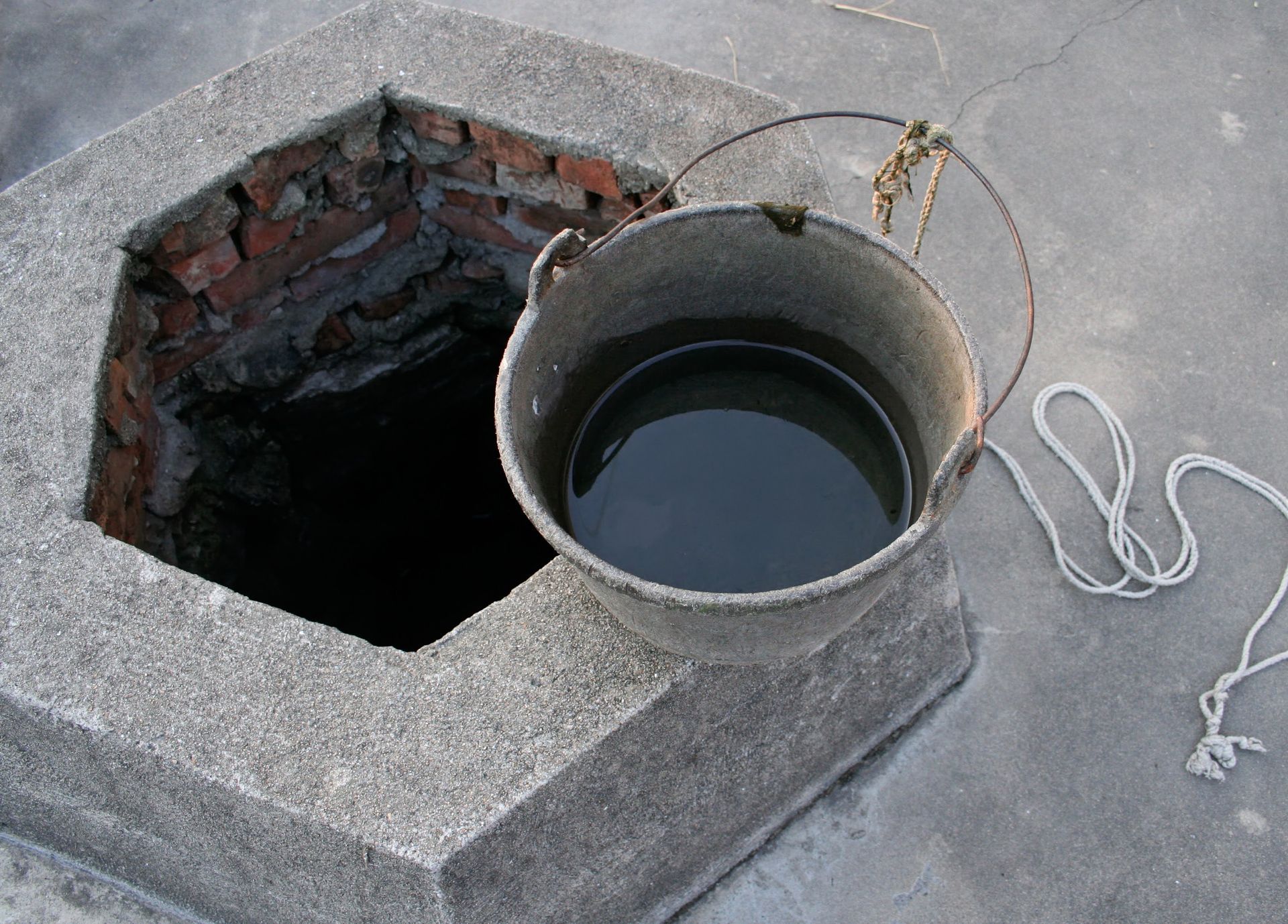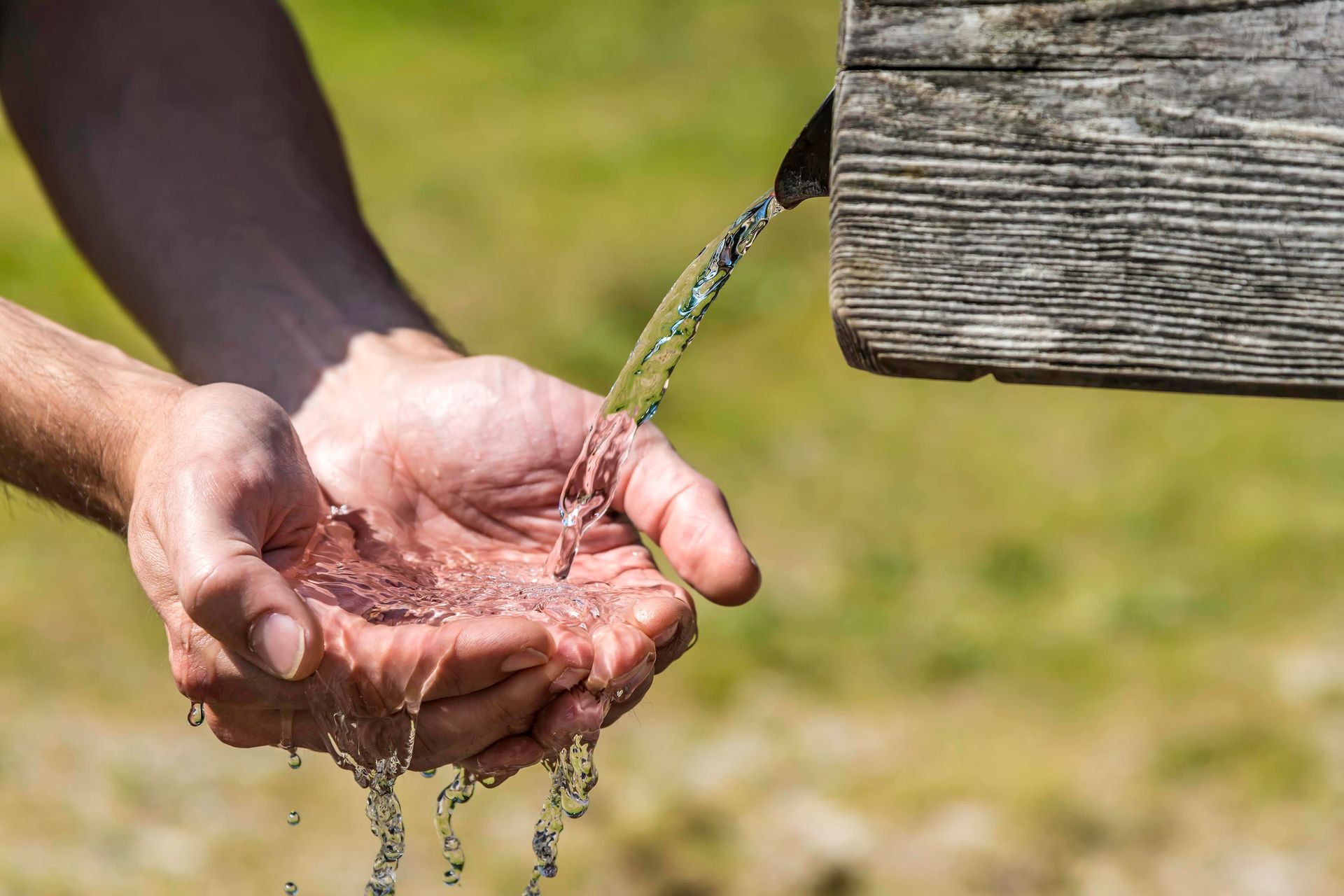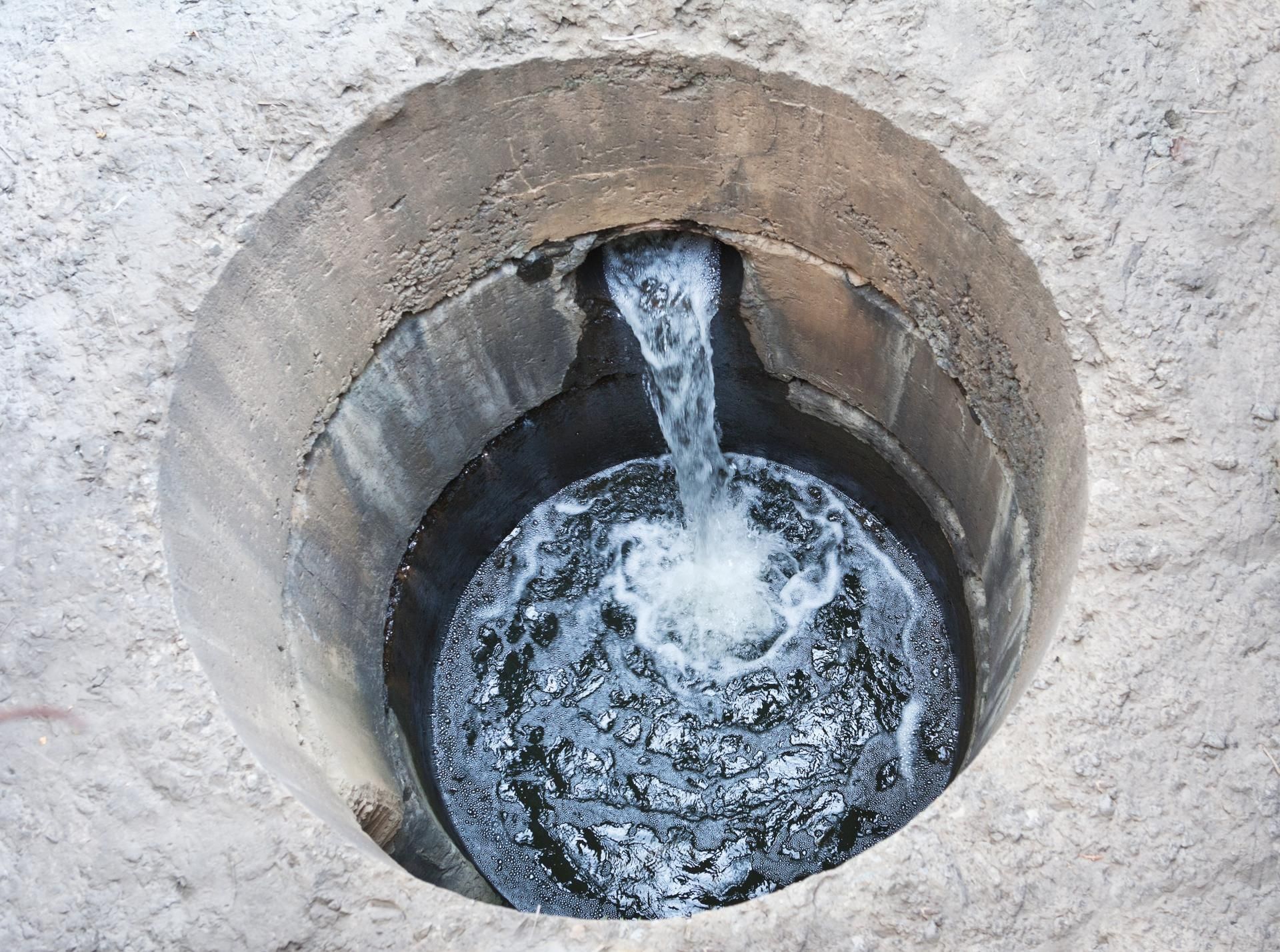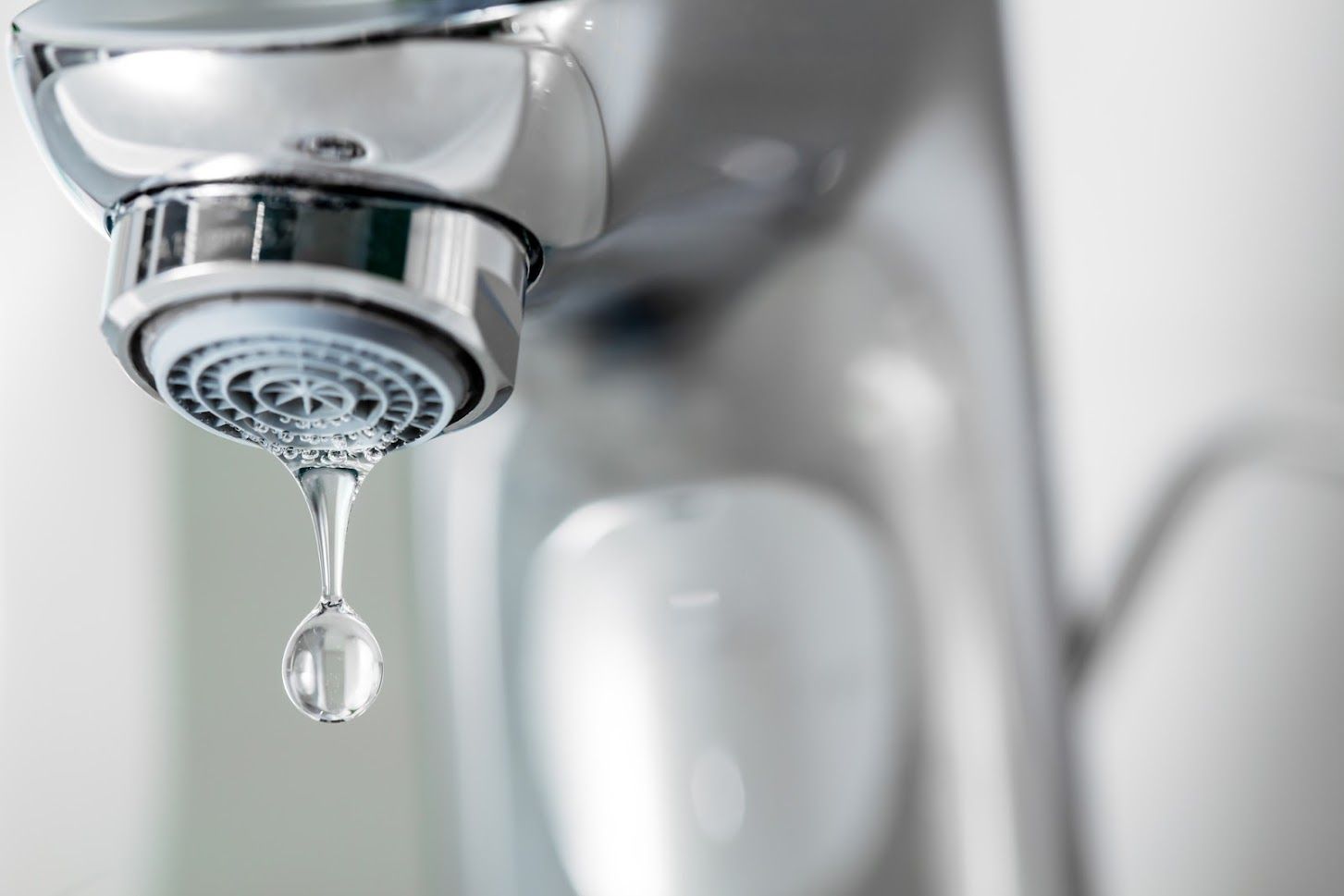Excessive Iron in Well Water: Hazards, Signs & Removal Techniques
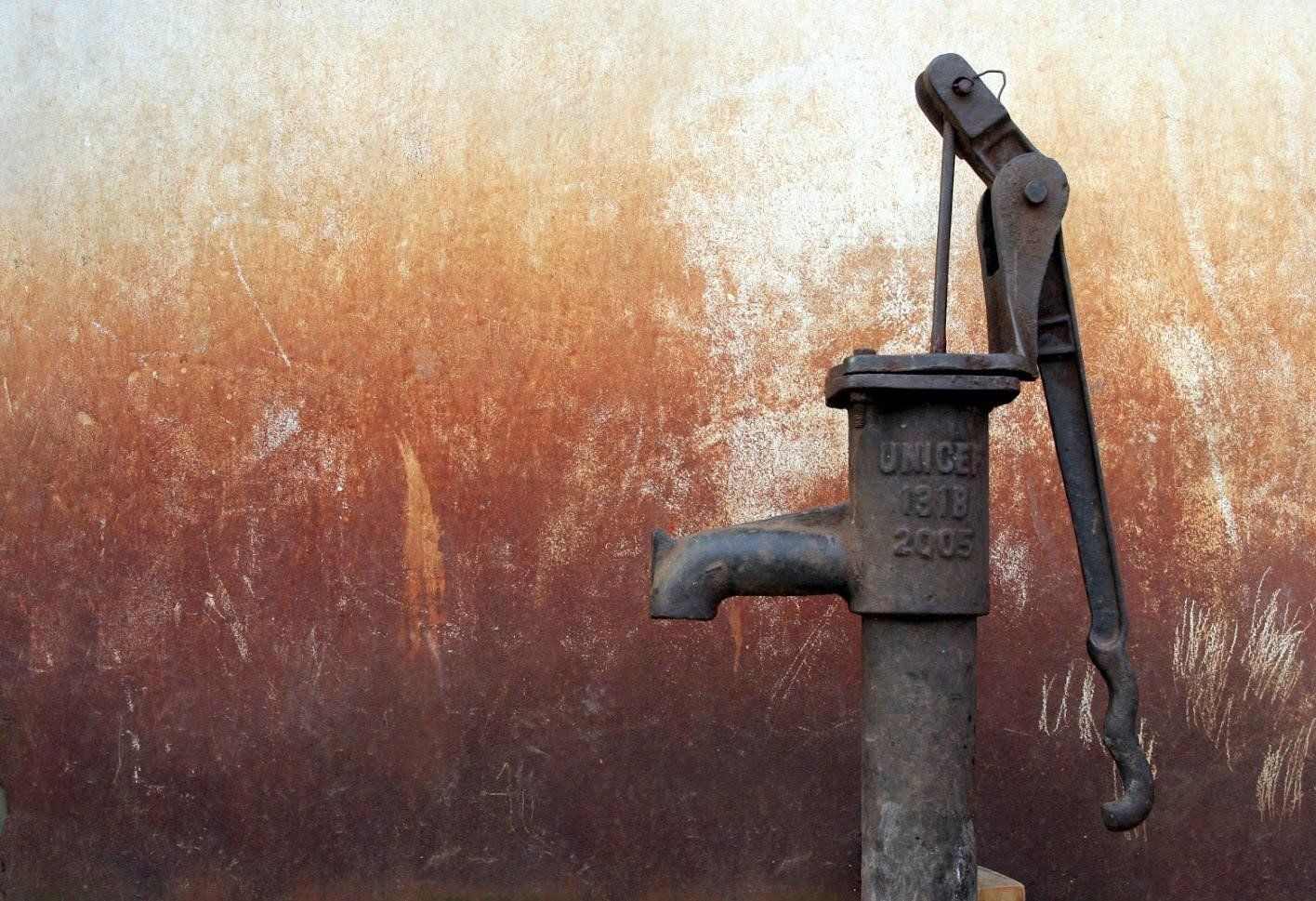
Iron is a natural mineral present on Earth. As rainwater flows through iron-filled soil and rocks, it dissolves the iron in these natural substances and carries iron particles into the groundwater below. For this reason, well water typically contains some iron that, in small amounts, is not harmful to human health.
However, some water wells contain excessive amounts of iron that cannot only lend an undesirable metallic taste to water but also cause problems around the home and potentially harm the health of some people.
Read on to learn about the potential hazards of well water that contains too much iron, signs of excess iron in well water, and well water iron removal techniques.
What Are the Hazards of Excess Iron in Well Water?
Health experts in the state of North Carolina believe that well water with an iron content above 2.5 mg/L can potentially harm the health of some people who suffer from one of several medical conditions called iron overload disorders.
People who have one of these disorders, such as hereditary hemochromatosis, can suffer damage to the organs of the body that store the iron, including the heart, liver, and pancreas if they consume too much iron.
While rare, even relatively healthy people can develop iron toxicity if they consume too much iron. The symptoms of iron toxicity include vomiting, diarrhea, stomach pain, and potential gastrointestinal system damage. Also, some medical studies also show that the consumption of too much iron can contribute to the development of cancer.
Finally, well water with a high iron content can leave red or brown stains on household appliances and build up on the well pump, pipes, and other plumbing devices it runs through, potentially causing frequent clogs.
What Are the Signs of High Well Water Iron Content?
The most foolproof way to determine if your well water contains too much iron is to have it tested by an accredited water testing laboratory.
However, a few common signs of high well water iron content include:
- Water has a metallic taste
- Water appears clear when coming out of the faucet, but turns red or yellow upon standing
- Water leaves yellow, brown, or red stains on laundry and plumbing fixtures
Since some iron types provide a food source for harmful bacteria, another sign that you may have excess iron in your well water is trouble controlling the bacteria in your well.
How do You Remove Excess Iron From Your Well Water?
The right well water iron removal technique depends on the iron type detected in your water. The main three types of iron present in well water include ferric iron, ferrous iron, and organic iron.
Ferric Iron Removal
Ferric iron, which is insoluble and often present in the water in the form of particles, can be removed from well water with a sub micron-rated sediment filter or a well filter made especially for iron removal if iron levels are below 10-15 mg/L. For wells with more ferric iron content than this, aeration or chemical oxidation treatments are often needed alongside a dedicated iron filter.
Ferrous Iron Removal
Ferrous iron is water-soluble and completely dissolves in water. When less than 5 to 10 mg/L of this iron type is present in hard water, an ion-exchange water softener can often remove it as it softens the water. However, when the iron content is higher than this, removal with a special iron filter, such as a manganese greensand filter, is typically more effective.
Organic Iron Removal
Organic iron is often found in shallow wells and those affected by surface water. This iron type can be difficult to remove because tannins in water often bind to this iron and prevent oxidation. However, chemical oxidation treatments coupled with iron filtration devices can help eliminate excess organic iron. In some cases, the installation of a whole-house reverse osmosis treatment system is a better option for excess organic iron removal.
If you suspect that your well water may contain excess iron or just found out that it does, then contact the water well experts at Action Well and Pump to discuss your
water well iron removal options today.
